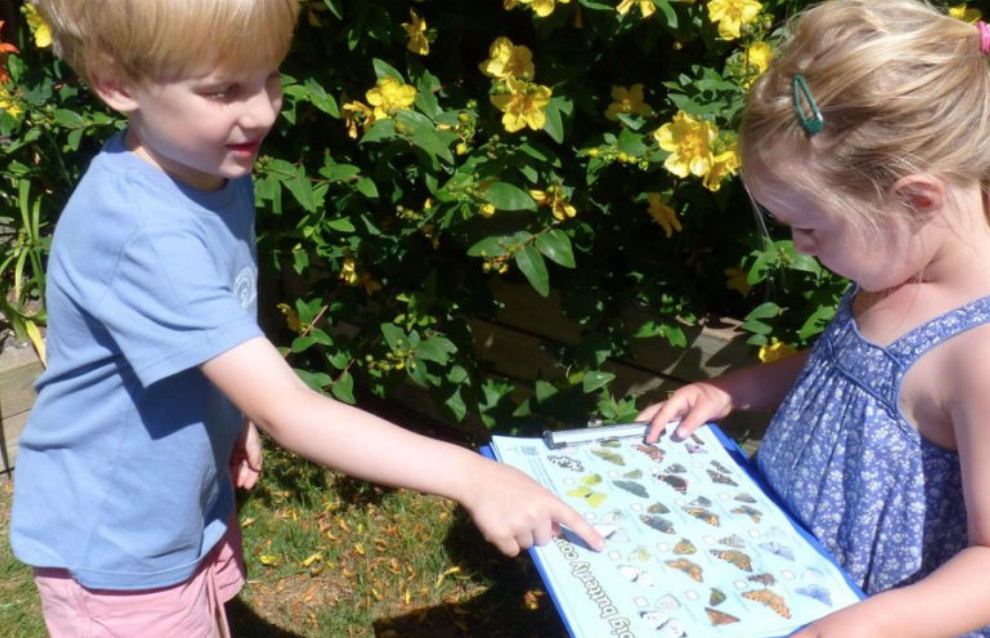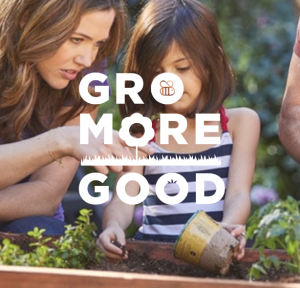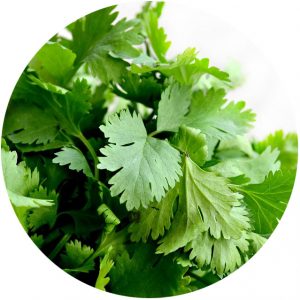Rooted’s Seasonal Curriculum Framework for School Gardens provides an outline for themes, topics, and lesson ideas for seasonal garden activities fall through spring. View Resource.
Roots in the Ground
Roots in the Ground is a comprehensive Farm to Early Care and Education (ECE) curriculum created by Rooted staff, partners, and consultants to guide in-person garden-based education and cooking trainings for ECE professionals. The curriculum is designed to help early childhood educators feel inspired and confident in gardening and cooking activities with young children. View Resource »
How to Become a Wildlife Expert in Your Own Garden

Nature is everywhere, and it’s often hiding in surprising places. This means that even a tiny outdoor space can be home to creatures you’d never have expected to find. View Resource »
Gro More Good Outdoor Learning Activities for Kids
 Gro More Good Learning Activities is a series of 72 free lessons focused on the four seasons of a garden. Each activity is fun, hands-on and perfect for getting your kids outside, exploring and learning. The activities are based on early childhood education best practices and developed in partnership with the Smithsonian Early Enrichment Center. Lessons can be expanded and used with any age group. View Resource »
Gro More Good Learning Activities is a series of 72 free lessons focused on the four seasons of a garden. Each activity is fun, hands-on and perfect for getting your kids outside, exploring and learning. The activities are based on early childhood education best practices and developed in partnership with the Smithsonian Early Enrichment Center. Lessons can be expanded and used with any age group. View Resource »
Growing a Knowing Nose
 Students explore a variety of plant-derived aromatic substances, reflect on the memories and feelings they evoke, and describe them. Next, as they try to taste without using their sense of smell, they begin to grasp the importance of this remarkable adaptation. They also learn that scents provide plants with a way to communicate, aid in reproduction and seed dispersal, and protect themselves. For grades 3-5, adaptable for other ages. View Resource »
Students explore a variety of plant-derived aromatic substances, reflect on the memories and feelings they evoke, and describe them. Next, as they try to taste without using their sense of smell, they begin to grasp the importance of this remarkable adaptation. They also learn that scents provide plants with a way to communicate, aid in reproduction and seed dispersal, and protect themselves. For grades 3-5, adaptable for other ages. View Resource »
